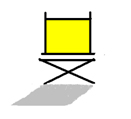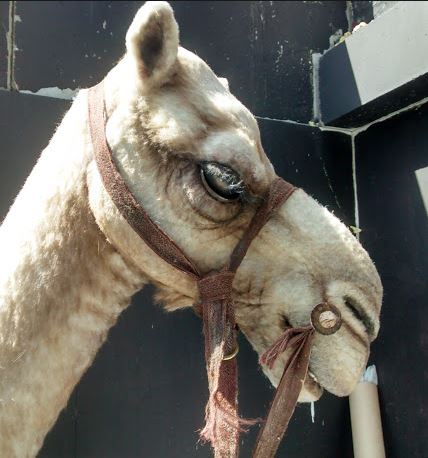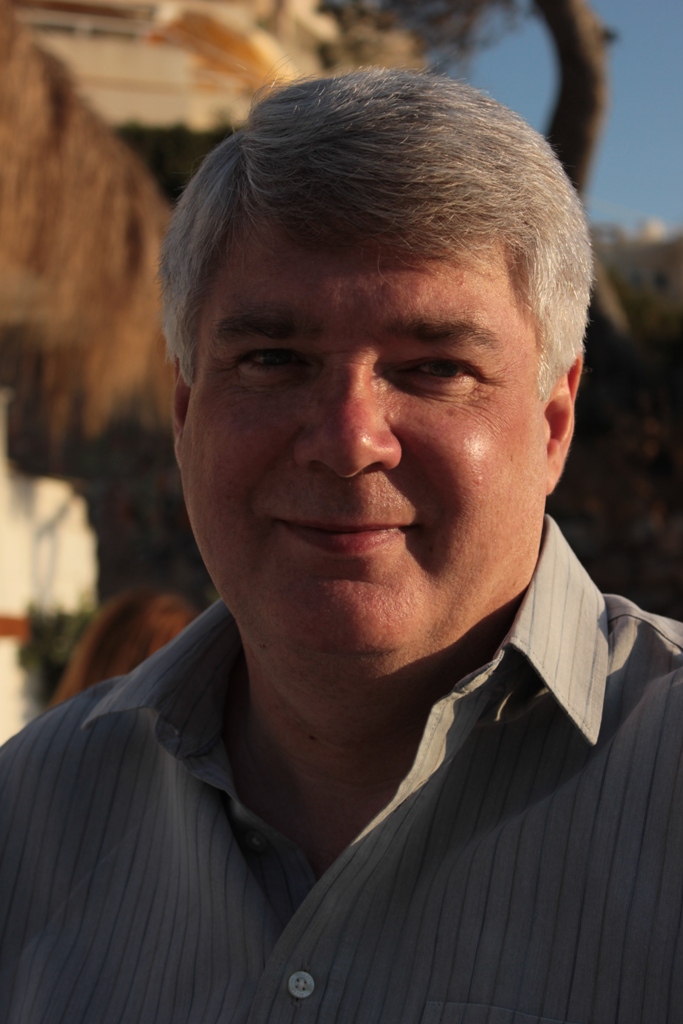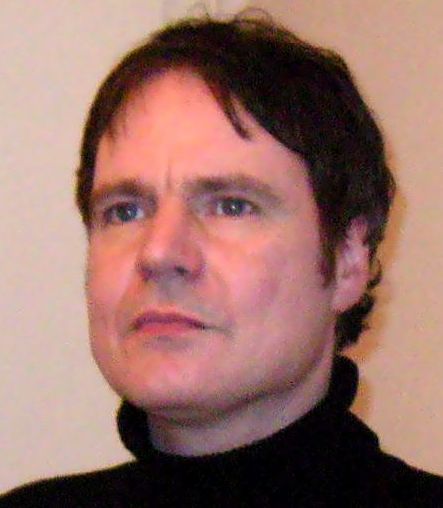ASK & DISCUSS
INDEXIs material I record in H.D. on my Sony HVR-Z5E HDV/ DV Hybrid camcorder, acceptable to produce docs for C4, BBC etc. .
9 years, 9 months ago - NICHOLAS PROSSER
With this equipment, I have produced corporate productions and training projects. However, I am now planning to pitch a documentary for broadcast commission and I wonder if my kit is acceptable.
Only members can post or respond to topics. LOGIN
Not a member of SP? JOIN or FIND OUT MORE
9 years, 9 months ago - Paddy Robinson-Griffin
HDV would likely only be accepted by major broadcasters if the material was exceptional and impossible to recapture. You *may* get away with a good transcoder and lying, but it's really not a good format, it's a bodge to create a consumer-friendly HD(ish) format (1080i or 720p)
9 years, 9 months ago - Richard Connew
You really need a bare minimum of 50mps anything less and it just isn't going to cut it. Even at 50mps it needs to be graded exceptionally to have any chance at all. Essentially every frame needs to look like a high end still camera shot no artefacts and no visible noise which with most digital cameras is very difficult; although tools like NEAT if used well can give surprisingly good results from what was quite poor footage. My advice if on a low budget is get a second hand HD better camera (many are being sold cheap as people move to 4k) that outputs to SD1 ports and a decent disk recorder Atmos or similar that records at 200mps then learn how to grade and use NEAT extremely well would be the most cost affective way.
9 years, 9 months ago - David Graham Scott
Do your filming on the gear you have and if it's strong enough (great character, access, narrative etc) then they well go for it. Some documentaries can be quite crude looking and that doesn't detract from the narrative drive at all. Take Sean Mcallister's "A Syrian Love Story" for example. It looks quite ropey if you analyse it at a technical level. On the other hand, there is a riveting story with great access. If they want it then they'll go for it. My advice is to start shooting anyway.
9 years, 9 months ago - John Lubran
HDV comes in three formats, 1080p, 1080i and the barely ever deployed in broadcast and effectively extinct 720p. The Z5 is switchable between 1080p and 1080i, achieves 25mbps and has 3 x 1/3" CMOS chips.
EBU HD Broadcast specifications, which are not law in the same way as actual law is, are quite strict but not entirely unassailable.
They are, for 1k HD cameras;
a minimum of;
1080 x 1920
50mbps
3 x 1/2" CCD or CMOS chips or a full frame sensor.
Having said that there's a couple of cameras on the BBC approved list such as the Canon XF 300 that only have 1/3rd" chips.
Further to David's important point about the successful 'A Syria Love Story', there's been many, and I do mean many, programmes on technically fussy terrestrial TV that have been broadcast using non compliant cameras and formats. However they've been allowed for specific reasons, such as unique and profound content, portability, low profile production, war zones and other perilous environments etc. Some of these programmes were so shot because they pre-dated the emergence of more suitable kit and others deliberately for narrative or artistic reasons. Hi8 was the first of these types to appear on TV looking good enough for most viewers to be none the wiser; then came DV/DVCAM which met EBU SD standards. The arrival of HDV, and specifically the Z1, was profound with extensive use including within full HD productions. But all of these examples relied on special 'Long GOP' post production processes and skilled camera work. Interestingly the ubiquitous Sony Z1 with its 1080i x 1440 resolution is deemed by learned aficionados to remain the best of the Z series despite not being the 1080 x1920 of later HDV's because of the better qualitative latitude of its three CCD's. The later Z5 and Z7 having the over rated 'upgrade' of CMOS chips, whose main advantage was better power efficiency and lower manufacturing cost. As ever, its amazing how effective the power of hype and suggestion can be, creating realities out of thin air and figures on paper. In the words of the master “These are not the droids you are looking for”
There's differing opinions about just how badly HDV compares with better formats but it's been demonstrated more than a few times that when produced by professionals who know what they're doing HDV has passed TX and audience acceptance as HD. There's also the issue of professional pride and the protection of technical supremacy and investment. Few who have such a stake in expensive equipment and/or the niche production market associated with them are likely to concede much to emerging ultra low budget potentialities. Again, having said all that, there are some really powerful low cost cameras out now that ought to scare some vested interests such as the £5K, including VAT (with a useful lens), PXW-FS5 super 35mm sensor, that offers not only full EBU 1K and 4K at 100mbps but RAW 4K at over 200 mbps to an external device like an ATMOS. No doubt there'll be some who will nit pick over this class of camera's shortcomings, compared with others costing up to ten times as much, but it won't wash. The reality of Moores Law is unstoppable.
Perhaps more pertinent to this particular conversation is the astonishing £1,700 (with 4K firmware upgrade) Sony PXW-X70 that offers much of the PXW-FS5's capabilities but with a fixed zoom lens and a 35mm sensor that doesn’t, yet, quite meet EBU specs on paper, but quite frankly very much does on the screen. It would be surly beyond reason if this camera is deemed unacceptable by TX gatekeepers for a broad range of HD production.
The ZX5 does actually meet EBU SD specs even it is a sandwich short of a picnic for HD. Certainly good enough for a pilot though. Nevertheless, Nicholas really ought to be thinking of making his documentary at the best technical standard he can. Ensuring that his film meets as wider potential as possible is a no brainer, especially when low cost cameras can be bought or hired.
Perhaps shooting a few content samples on the Z5 (which might also provide acceptable short inserts for the film itself) might provide a taster for getting a commission or other forms of support. Every project has its unique circumstance, so without knowing what they are one can't be absolutely definitive, but the general principles are clear.
PS.
Moores Law is the assertion that technology gets twice as good and halves in price every year or two. As with the forthcoming self driving cars, film production is going to be a lot less demanding technically and financially. Together with the radical global restructuring of distribution and business models, much of the reality pardigm our industry currently recognises is likely to go the way of HDV's 720p





